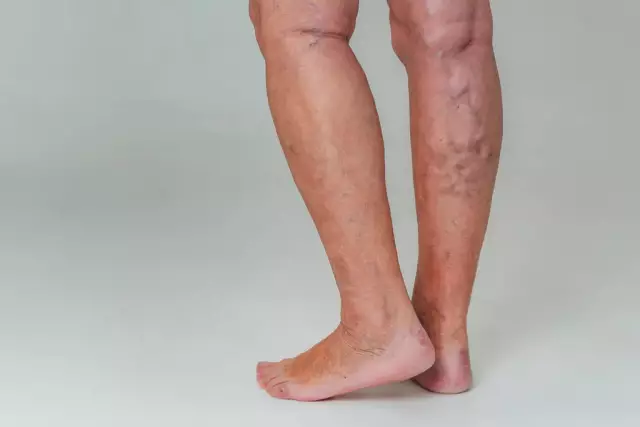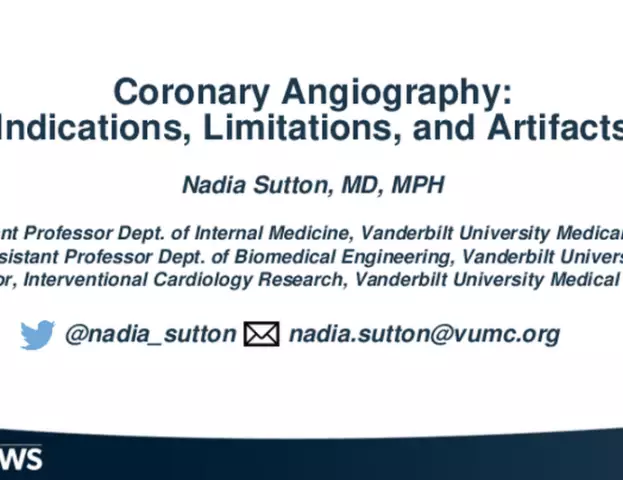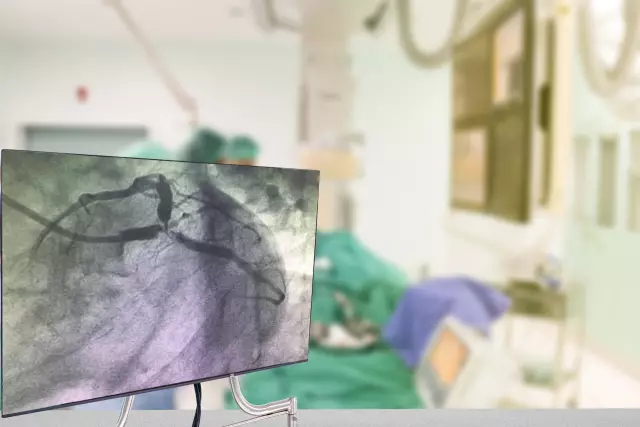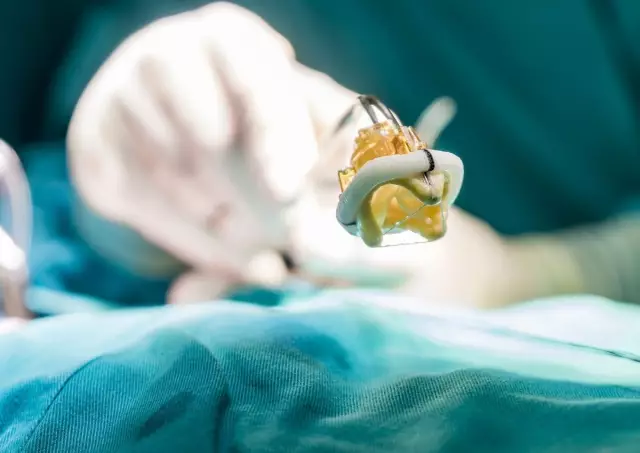- Author Rachel Wainwright [email protected].
- Public 2023-12-15 07:39.
- Last modified 2025-11-02 20:14.
Vascular insufficiency
Brief description of the disease

Vascular insufficiency is a violation of local or general blood circulation, which is based on the insufficiency of the function of blood vessels, caused in turn by a violation of their patency, a decrease in tone, the volume of blood passing through them.
Failure can be systemic or regional (local), depending on how the violations are spreading. Depending on the rate of the disease, there can be acute vascular insufficiency and chronic.
Pure vascular insufficiency is rare; most often, cardiac muscle insufficiency manifests itself simultaneously with the symptoms of vascular insufficiency. Cardiovascular failure develops due to the fact that the same factors often affect the heart muscle and the musculature of the vessels. Sometimes cardiovascular failure is secondary and heart disease occurs due to poor muscle nutrition (lack of blood, low pressure in the arteries).
Reasons for the appearance
The cause of the disease is usually blood circulation disorders in the veins and arteries, which have arisen for various reasons.
Basically, acute vascular insufficiency develops due to previous craniocerebral and general injuries, various heart diseases, blood loss, in pathological conditions, for example, in acute poisoning, severe infections, extensive burns, organic lesions of the nervous system, adrenal insufficiency.
Symptoms of vascular insufficiency
Acute vascular insufficiency manifests itself in the form of fainting, shock or collapse.
Fainting is the mildest form of failure. Symptoms of vascular insufficiency with fainting: weakness, nausea, darkening in the eyes, rapid loss of consciousness. The pulse is weak and rare, the pressure is low, the skin is pale, the muscles are relaxed, there are no seizures.
In collapse and shock, the patient is in most cases awake, but his reactions are inhibited. There are complaints of weakness, low temperature, and blood pressure (80/40 mm Hg and less), tachycardia.
The main symptom of vascular insufficiency is a sharp and rapid decrease in blood pressure, which provokes the development of all other symptoms.
Chronic vascular failure is most often manifested in the form of arterial hypotension. Conventionally, this diagnosis can be made with the following symptoms: in older children - systolic pressure below 85, up to 30 liters. - pressure below 105/65, in older people - below 100/60.
Diagnosis of the disease
At the examination stage, the doctor, assessing the symptoms of vascular insufficiency, recognizes which form of insufficiency has manifested itself, fainting, shock or collapse. In this case, the level of pressure is not decisive in the diagnosis, you should study the history of the disease and find out the causes of the attack. It is very important at the stage of examination to establish what type of insufficiency has developed: cardiac or vascular. emergency care for these diseases is provided in different ways.
If cardiovascular failure manifests itself, the patient is forced to sit - in a supine position, his condition deteriorates significantly. If it is vascular insufficiency that has developed, the patient must lie down, because in this position his brain is better supplied with blood. The skin with heart failure is pinkish, with vascular - pale, sometimes with a grayish tint. Also, vascular insufficiency is distinguished by the fact that the venous pressure is not increased, the veins in the neck are collapsed, the borders of the heart do not shift, and there is no congestion in the lungs characteristic of cardiac pathology.
After a preliminary diagnosis based on the general clinical picture is made, the patient is given first aid, if necessary, hospitalized, and an examination of the circulatory system is prescribed. To do this, he may be assigned to undergo auscultation of blood vessels, electrocardiography, sphygmography, phlebography.
Treatment of vascular insufficiency
Medical care for vascular insufficiency should be provided immediately.
With all forms of development of acute vascular insufficiency, the patient should be left in a supine position (otherwise it may be fatal).

If a fainting occurs, it is necessary to loosen the clothes on the victim's neck, pat him on the cheeks, spray the chest and face with water, let the ammonia sniff, ventilate the room. This manipulation can be carried out independently, usually a positive effect occurs quickly, the patient regains consciousness. After that, you should definitely call a doctor who, after carrying out simple diagnostic tests on the spot, will inject subcutaneously or intravenously a solution of caffeine with sodium benzoate 10% - 2ml (at a fixed reduced pressure). If severe bradycardia is noticed, atropine 0.1% 0.5-1 ml is additionally administered. If bradycardia and low blood pressure persist, orciprenaline sulfate 0.05% - 0.5-1 ml or 0.1% adrenaline solution is injected intravenously. If after 2-3 minutes the patient is still unconscious, pulse, pressure, heart sounds are not detected,there are no reflexes, these drugs are already injected intracardiacally, and artificial respiration and heart massage are performed.
If, after fainting, additional resuscitation measures were needed, or the cause of the fainting remained unclear, or it happened for the first time, or the patient's pressure after bringing him to consciousness remains low, he must be hospitalized for further examination and treatment. In all other cases, hospitalization is not indicated.
Patients with collapse who are in shock, regardless of the cause that caused this condition, are urgently taken to the hospital, where the patient is provided with the first emergency aid to maintain the pressure and heart activity. If necessary, stop bleeding (if necessary), carry out other procedures for symptomatic therapy, focusing on the circumstances that caused the attack.
In case of cardiogenic collapse (often develops with cardiovascular failure), tachycardia is eliminated, atrial flutter is stopped: atropine or izadrin, adrenaline or heparin are used. To restore and maintain pressure, mesaton 1% is injected subcutaneously.
If the collapse is caused by infection or poisoning, caffeine, cocarboxylase, glucose, sodium chloride, and ascorbic acid are injected subcutaneously. Strychnine 0.1% is very effective in this type of collapse. If such therapy does not bring a result, mezaton is injected under the skin, prednisolonehemisuccinate is injected into the vein, sodium chloride 10% is again injected.
Prevention of the disease
The best prevention of vascular insufficiency is the prevention of diseases that can cause it. It is recommended to monitor the state of blood vessels, consume less cholesterol, undergo regular examinations of the blood supply system and heart. In some cases, hypotensive patients are prescribed a prophylactic course of pressure-supporting drugs.
YouTube video related to the article:
The information is generalized and provided for informational purposes only. At the first sign of illness, see your doctor. Self-medication is hazardous to health!






